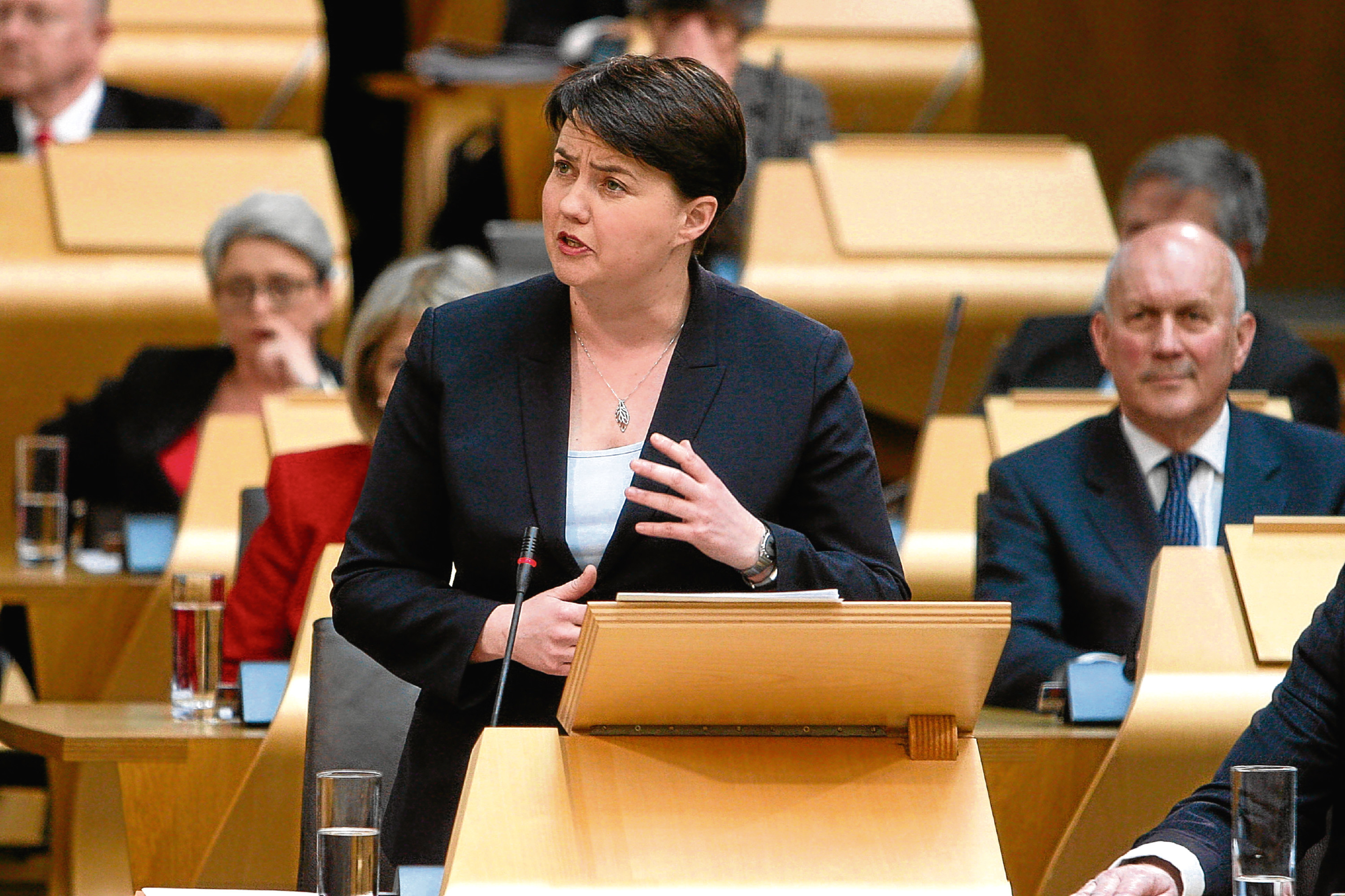Even before Theresa May’s announcement of a general election in June, Scotland had been on something of a war footing, with local elections on May 4.
The nationalists in particular, always happiest in campaign mode, have been on the attack, with Ruth Davidson, the Scottish Tory leader, under fire and her party labelled “nothing less than contemptible”.
With Nicola Sturgeon’s own approval ratings in freefall and the nationalists in something of a panic over potentially humiliating electoral losses, Davidson has to be disarmed.
SNP opportunity
The Westminster government has provided a possible means with a clumsy, if not indefensible, new welfare initiative, known as the “rape clause”.
This is an exemption to a welfare rule that came into force on April 6, limiting family tax credits to the first two children in a family, unless there are special circumstances.
These circumstances include mothers who had a subsequent child through rape or during a coercive relationship, but to qualify they must complete a detailed form and have it signed by a doctor, nurse, social worker or some other specialist.
As with any attempt to lessen the welfare bill, the measure is controversial, and the debate over whether people on benefits should face the same tough decisions as those who work, such as how big a family they can support, will rage on.
But the government in London was naïve if it failed to anticipate the political capital its clause offered the opposition.
In Scotland, Davidson has decided to back the exemptions, saying: “We want to see the UK Government implement them in the most compassionate way possible”.
She points out Scotland has new powers over welfare and Sturgeon could introduce a Scottish benefit to counter the Westminster cuts, if she so wished.
However, that would have to be paid for in Scotland, which might not go down so well with Scottish voters, the most taxed demographic in Britain, and increasingly aware the economy here is recession bound.
From Sturgeon’s point of view, the rape clause is a convenient tool she can deploy against the Tories, and hopefully use to undermine her main challenge in Scotland: Davidson.
She doesn’t want to go to all the trouble of finding new funding, and legislating for change, or doing anything that smacks of governing.
But the hysterical rhetoric against Davidson (she has, say her opponents, been complicit in supporting a policy that is “barbaric”, “utterly immoral”, “cruel”, “callous” and “disgusting”) rings hollow, especially Sturgeon’s claim “women are being made to pay the price of Tory policies”.
Davidson, or even Theresa May, anti-women? I don’t think so.
Risible claim
Considering the Tories in Scotland have enjoyed something of a resurgence under their charismatic leader, and her personal popularity continues on its upwards trajectory, these criticisms seem wildly out of place.
In particular, the charge, levelled by Sturgeon, that Davidson is “determined to live up to” the Tories’ reputation as the “nasty party”, is risible.
Whatever your politics, Davidson must be credited for detoxifying the Conservative brand in Scotland and making its candidates electable once more.
In fact, at the last Scottish elections they won seats at the SNP and Labour Party’s expenses, and are tipped to do well in the local elections on May 4, and now perhaps in the general election.
The SNP has also seized on what it describes as “systematic extremism” in the Scottish Conservative Party.
Davidson has suspended three party members for racist rants on social media.
Key difference
And in Perth, a Tory local election candidate, Ian James, was forced to apologise for offensive posts.
These incidents will have caused grave embarrassment to Davidson, just as the online taunts of separatist activists have, one imagines, long embarrassed Sturgeon.
But the difference is the Tory leader acted quickly to condemn the odious elements within her own ranks, whereas the SNP continues to harbour its questionable characters.
Take, to cite just one example, the case of Perth and Kinross councillor Dave Doogan, who used his position to abuse fellow Scots, suggesting they were traitors if they opposed Scottish secession.
Despite the offence caused, Doogan remains in his council job.
The temperature is likely to heat up as the May, and now June 8, ballots draw nearer; already, Perthshire nationalist MP Pete Wishart has posted four-letter insults on Twitter against his political foes.
Unionists in Scotland have had to put up with this kind of nationalist abuse online – and sometimes offline – since well before the 2014 independence referendum.
That, of course, doesn’t excuse the loathsome behaviour of some Tories.
But for the SNP to suggest that Davidson’s party is “becoming Scotland’s Ukip” is simply wishful thinking.
Davidson should stick to her plan and use the elections, local and national, to galvanise growing antipathy towards the nationalists.
She clearly has them on the run.
